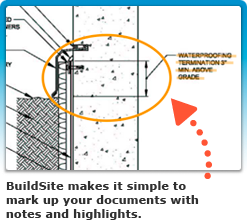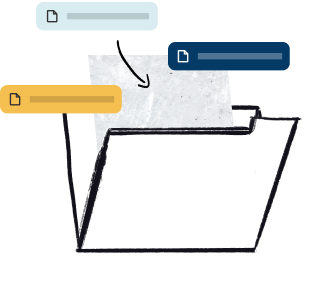Abstract
This specification covers the classification, composition, physical properties, and dimensions of mineral fiber (rock, slag, or glass) blanket intended for use as thermal insulation on surfaces at various temperature ranges. The orientation of the fibers within the blanket is primarily parallel to the principal surface (face). The mineral fiber blanket insulation shall be classified into seven types: Types I, II, III, IV, V, VI, and VII. The classifications are based upon the insulations' maximum use temperature, apparent thermal conductivity, water vapor sorption, and surface burning characteristics. Mineral fiber blanket insulation shall be composed of rock, slag, or glass processed from the molten state into fibrous form bonded with an organic or inorganic binder, or both. Asbestos shall not be used as an ingredient or component part of the product. Different test methods shall be performed on the insulation to determine the following properties: odor emission, corrosiveness to steel, rock & slag 25% maximum shot content, maximum use temperature with no evidence of melting or fiber degradation, maximum exothermic temperature rise by more than 200°F (111°C), apparent thermal conductivity, water vapor sorption, flexibility, rigidity, and surface burning characteristics.
This abstract is a brief summary of the referenced standard. It is informational only and not an official part of the standard; the full text of the standard itself must be referred to for its use and application. ASTM does not give any warranty express or implied or make any representation that the contents of this abstract are accurate, complete or up to date.
1. Scope
1.1 This specification covers the classification, composition, physical properties, and dimensions of mineral fiber (rock, slag, or glass) blanket intended for use as thermal insulation on surfaces operating at temperatures between 0°F (-18°C) and 1200°F (649°C). For specific applications, the actual temperature limits shall be agreed upon between the supplier and the purchaser.
1.2 The orientation of the fibers within the blanket is primarily parallel to the principal surface (face). This specification does not cover fabricated pipe and tank wrap insulation where the insulation has been cut and fabricated to provide a fiber orientation that is perpendicular to the surface (face).
1.3 For satisfactory performance, properly installed protective vapor retarders must be used in below ambient temperature applications to reduce movement of water vapor through or around the insulation towards the colder surface. Failure to use a vapor retarder can lead to insulation and system damage. Refer to Practice C921 to aid material selection. Although vapor retarders are not part of this specification, properties required in Specification C1136 are pertinent to application or performance.
1.4 This standard does not purport to provide the performance requirements of hourly-rated fire systems. Consult the manufacturer for the appropriate system.
1.5 The values stated in inch-pound units are to be regarded as standard. The values given in parentheses are mathematical conversions to SI units that are provided for information only and are not considered standard.
1.6 This standard does not purport to address all of the safety concerns associated with its use. It is the responsibility of the user of this standard to establish appropriate safety and health practices and determine the applicability of regulatory limitations prior to use.
Reproduced, with permission, from the ASTM International website, copyright ASTM International, 100 Barr Harbor Drive, West Conshohocken, PA 19428. To purchase the complete standard, go to http://www.astm.org/.






